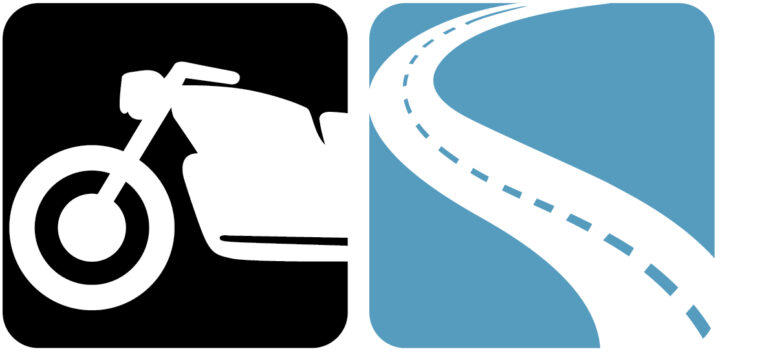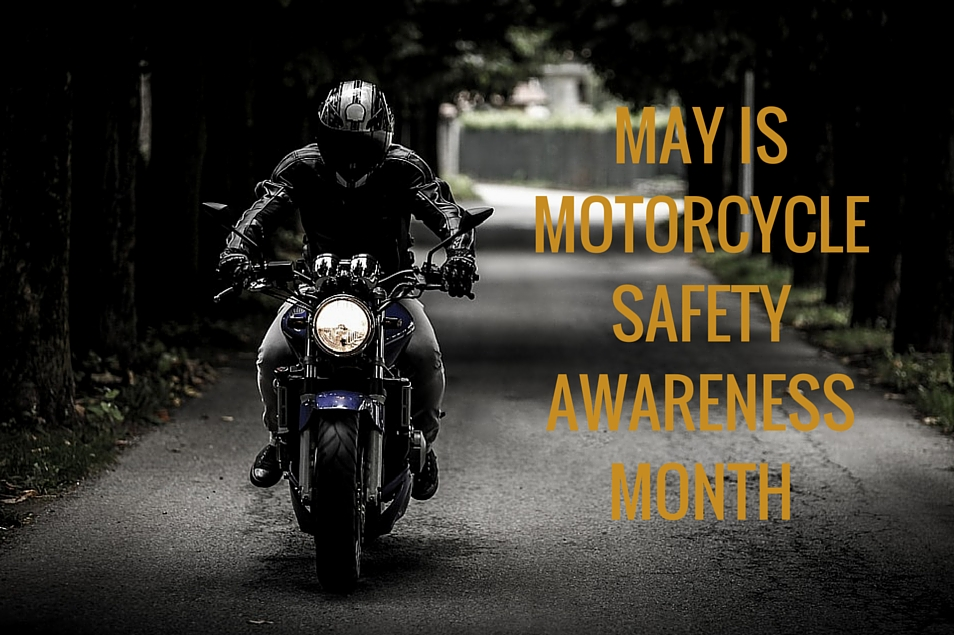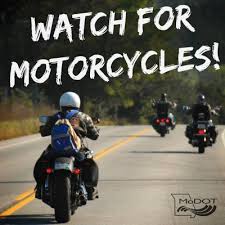 May is Motorcycle Safety Awareness Month. The following information is provided by the National Highway Safety Administration and is designed to encourage all drivers and motorcyclists to “share the road” with each other.
May is Motorcycle Safety Awareness Month. The following information is provided by the National Highway Safety Administration and is designed to encourage all drivers and motorcyclists to “share the road” with each other.
In 2014, 4,586 motorcyclists were killed in traffic crashes, a decrease of 2.3 percent from 2013 (4,692).
Safe riding practices and cooperation from all road users will help reduce the number of fatalities and injuries on our nation’s highways. But it’s especially important for motorists to understand the safety challenges faced by motorcyclists such as size and visibility, and motorcycle riding practices like downshifting and weaving to know how to anticipate and respond to them.
TIPS FOR MOTORISTS
- Research and state-level data has and continues to consistently identify motorists as being at-fault in over half of all multi-vehicle motorcycle-involved collisions.
- NHTSA-funded research has shown that people behind the wheels of passenger vehicles are distracted more than 50 percent of the time. Road users should never drive, bike, or walk while distracted.
- With roughly 40 percent of a vehicle’s outer perimeter zones hidden by blind spots, improper adjustment or lack of use of one’s side-view mirrors can have dire consequences. Always look for motorcycles by checking your mirrors and blind spots before switching to another lane of traffic.
- If you are turning at an intersection, and your view of oncoming traffic is partially obstructed, wait until you can see around the obstruction and proceed with caution. Slow your decision-making process down at intersections.
- Allow a motorcyclist a full lane width. Share the road, but not the lane: a motorcyclist needs room to maneuver safely.
- Because motorcycles are smaller than most vehicles, they can be difficult to see. Their size can also cause other drivers to misjudge their speed and distance.
- Always signal your intentions before changing lanes or merging with traffic. This allows motorcyclists to anticipate your movement and find a safe lane position.
- Don’t be fooled by a flashing turn signal on a motorcycle—it may not be self-canceling and the motorcyclist may have forgotten to turn it off. Wait to be sure the rider is going to turn before you proceed.
- Allow more follow distance – three or four seconds – when following a motorcycle; this gives the motorcycle rider more time to maneuver or stop in an emergency. Motorcycle riders may suddenly need to change speed or adjust lane position to avoid hazards such as potholes, gravel, wet or slippery surfaces, pavement seams, railroad crossings, and grooved pavement.
- TIPS FOR MOTORCYCLISTS
- Wear a DOT-compliant helmet and use reflective tape and gear to be more visible. NHTSA estimates helmets saved the lives of 1,630 motorcyclists in 2014.
- Never ride while impaired or distracted—it is not worth the risk of killing or injuring yourself or someone else. Plus, a DUI costs $10,000 on average, and can lead to jail time, loss of your driver’s license, and higher insurance rates.
For more information, visit www.trafficsafetymarketing.gov.









